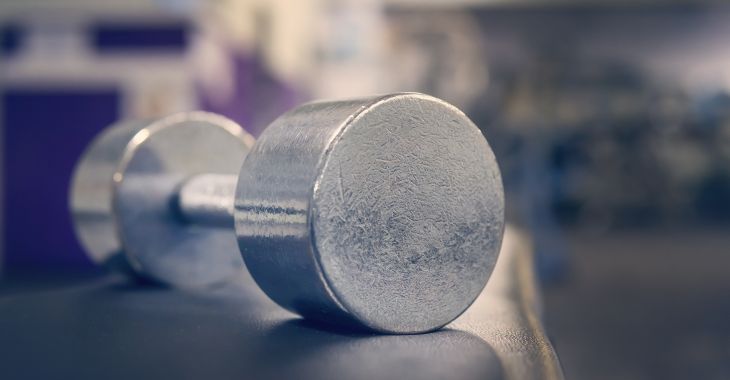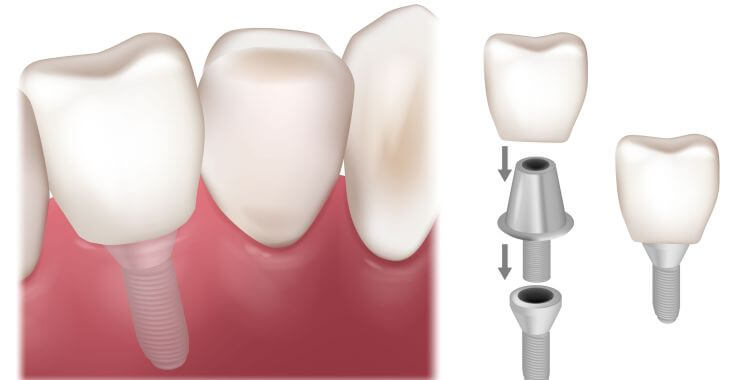How Long Should You Wait to Exercise After Tooth Extraction?

Having a tooth extracted, whether it’s a wisdom tooth or another type of tooth, is a significant dental procedure. Understanding how long you should wait to exercise after tooth extraction is crucial for ensuring proper healing and avoiding complications.
This article will provide you with comprehensive guidelines and answer common questions like “When can I lift weights after wisdom teeth removal?” and “Can I take a walk after tooth extraction.”
The Immediate Aftermath of Tooth Extraction
After a tooth extraction, your body needs time to heal. The extraction site will be sensitive, and engaging in physical activities too soon can disrupt the healing process. The first 24 hours post-extraction are critical.
During this period, you should avoid any form of physical exertion to minimize the risk of bleeding, swelling, and dislodging the blood clot, which can lead to a painful condition known as dry socket.
Exercise After Wisdom Teeth Removal
When it comes to exercise after wisdom teeth removal, it’s essential to be extra cautious. Wisdom teeth extractions are typically more invasive than regular tooth extractions, requiring a longer recovery period. Here are some guidelines to follow:
- First 24-48 Hours: Avoid all strenuous activities. Focus on resting and allowing your body to recover.
- 48-72 Hours: You can start to reintroduce light activities such as walking, but avoid any activities that increase your heart rate significantly.
- After 72 Hours: Depending on how you feel and the advice of your dentist, you can gradually increase your activity level. However, intense exercise and heavy lifting should still be avoided.
When Can I Lift Weights After Wisdom Teeth Removal?
Lifting weights involves straining, which can increase blood pressure and potentially disrupt the healing process of the extraction site. So, when can you lift weights after wisdom teeth removal?
Generally, it’s recommended to wait at least one week before resuming weight lifting or any strenuous exercise. Here’s a breakdown:
- First Week: Stick to light activities and avoid any lifting.
- Second Week: If you feel up to it and have your dentist’s approval, you can begin lifting light weights. Pay close attention to your body and avoid straining too much.
- After Two Weeks: Most patients can return to their regular weight-lifting routines, but it’s still important to proceed with caution and listen to your body.
Can I Take a Walk After Tooth Extraction?
Walking is a low-impact activity that can usually be resumed sooner than other forms of exercise. So, can I take a walk after tooth extraction? Yes, walking can typically be resumed within 24-48 hours post-extraction, provided you’re not experiencing significant pain or discomfort.
Walking promotes circulation and can aid in the overall healing process without putting too much strain on the body. However, even with walking, it’s important to avoid brisk or uphill walking initially, especially in the first two days after a tooth extraction.
Tips for Exercising After Tooth Extraction
Here are a few tips on exercising after a wisdom or other types of tooth removal procedure:
- Listen to Your Body: Pay attention to any signs of discomfort or pain, especially around the extraction site. If you feel any unusual pain, stop immediately and consult your dentist.
- Stay Hydrated: Drink plenty of water to stay hydrated, but avoid using a straw as the suction can dislodge the blood clot.
- Maintain Oral Hygiene: Continue with gentle oral hygiene practices to keep the extraction site clean, but avoid vigorous rinsing or spitting for the first 24 hours.
- Avoid High-Impact Activities: Running, jumping, and any other high-impact exercises should be avoided for at least a week.
- Monitor for Signs of Infection: Swelling, increased pain, or any discharge from the extraction site could indicate an infection. If you notice any of these signs, seek medical advice promptly.
Importance of Following Dentist’s Advice
Every individual’s recovery process can differ based on various factors, including the complexity of the extraction and personal health conditions. Therefore, it’s crucial to follow the specific advice given by your dentist or oral surgeon. They will provide guidelines tailored to your situation and health concerns.
Gradual Return to Normal Activities
Gradually returning to normal activities is key. Start with light activities like walking and gradually increase the intensity as you feel comfortable and as the extraction site heals. Avoid rushing back into your regular exercise routine; patience is essential to prevent setbacks.

Understanding how long to wait to exercise after tooth extraction is essential for a smooth recovery. Whether it’s exercise after wisdom teeth removal or another type of tooth extraction, allowing your body adequate time to heal can prevent complications and promote faster recovery.
Always listen to your body, follow your dentist’s recommendations, and take things slow. This approach will help ensure that you return to your normal activities safely and effectively.
The information provided on this website, including text, graphics, images, and other materials, is intended solely for informational purposes and should not be used as a substitute for professional medical advice, diagnosis, or treatment.




)